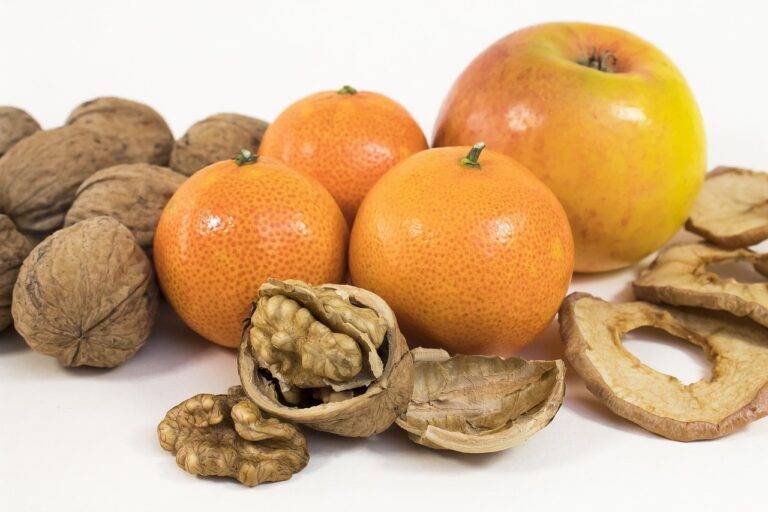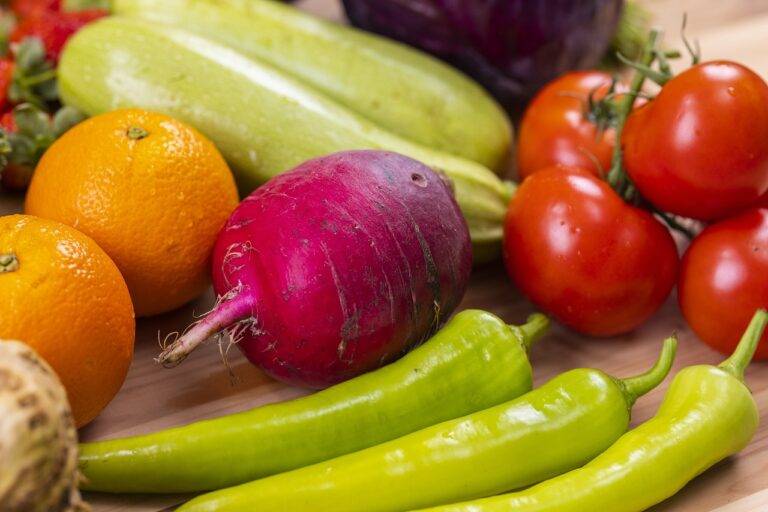The Impact of Food Fraud and Authenticity
Food fraud is often fueled by the complexity of global food supply chains. As products travel across borders and go through multiple intermediaries, there are ample opportunities for fraudulent activities to take place. The lack of transparency and traceability in these supply chains makes it easier for unscrupulous individuals to adulterate or mislabel food products.
Another key factor contributing to food fraud is the economic motivation behind it. The potential for significant financial gain drives some individuals and companies to engage in fraudulent activities such as diluting pure products with cheaper substitutes or passing off lower-quality products as premium goods. The profit margins in the food industry can be enticing for those looking to cut corners and deceive consumers for financial gain.
Types of food fraud
Fraudulent activities within the food industry come in various forms, with one of the most common types being adulteration. Adulteration involves the intentional addition of lower quality or cheaper substances to a food product, misleading consumers about its true quality or value. This can include diluting a product with fillers or substituting ingredients to cut costs, without proper labeling or disclosure.
Another prevalent type of food fraud is mislabeling, where inaccurate information is provided on the packaging or labeling of a food product. This deceptive practice can involve false claims about the origin, quality, or nutritional content of the product. Mislabeling can also entail misrepresenting the presence of allergens or other substances, putting consumers at risk of potential health hazards and compromising their trust in the food supply chain.
What are some common factors contributing to food fraud?
Some common factors contributing to food fraud include economic pressures, complex global supply chains, lack of regulatory oversight, and demand for certain products year-round.
What are some examples of types of food fraud?
Some examples of types of food fraud include adulteration (such as adding fillers or substitutes to a product), mislabeling (such as misrepresenting the origin or quality of a product), and counterfeiting (such as passing off a fake product as the genuine article).
How can consumers protect themselves from falling victim to food fraud?
Consumers can protect themselves from food fraud by buying from reputable sources, checking for proper labeling and certifications, being aware of common fraud practices, and reporting any suspicions to authorities.







